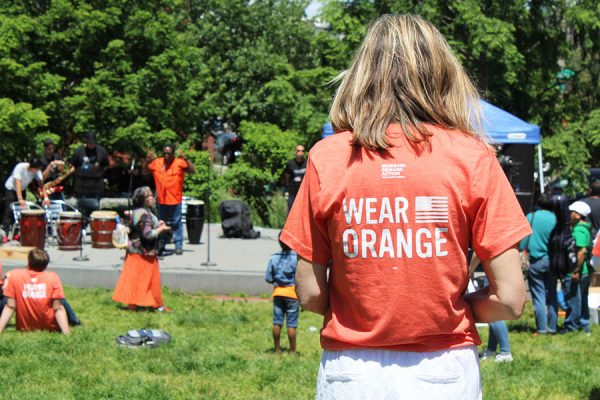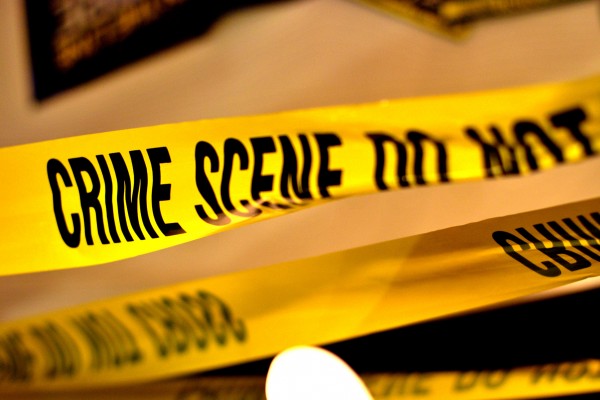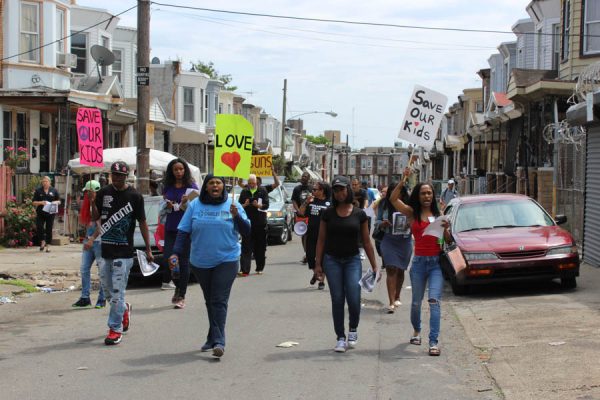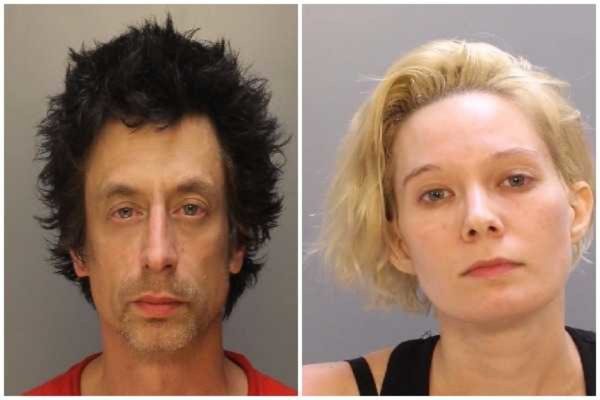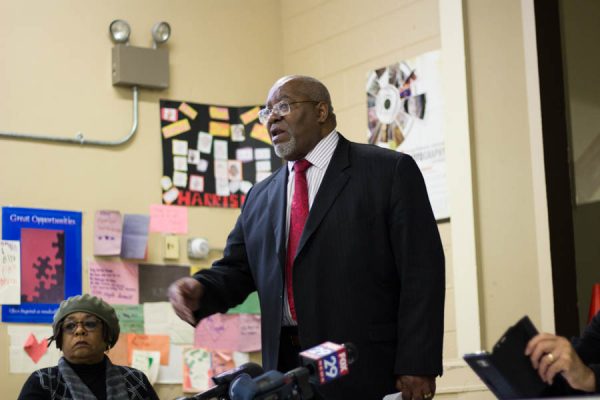Shots Fired?! How To Tell If That Was a Firecracker, Car Backfire or a Gunshot on 4th of July
Bang! Pop! Boom, boom, boom! Crack! These are just some of the onomatopoeia used to describe gun shots. (And Adam West-style Batman brawls of course. Take that, Joker!)
Pow! Boom! Crack! Crackle! Bang, pop, snap! That’s what you get for fireworks and other explosives.
Car backfiring? Guess what? Same sounds.
Now, all of the sounds are different to a trained ear. Add in some context, and even the untrained can make some inference. Is it 9:30 PM on July 4th? Well, you’re likely hearing fireworks. Was the loud sound preceded by a man yelling, “F$%# you, Moth#% %&#er!” and followed by shrieks and cars racing away? Go ahead and call your friendly neighborhood policeman. Was the shady tree mechanic down the street cursing up a storm at his brother-in-law on a Saturday afternoon while working on his 1970 Oldsmobile Cutlass 442? If there’s a loud bang a hour or two later it’s likely a car backfiring. You may hear a couple more choice words after that backfire, but if there’s a dead body involved someone probably used a tire iron or the timing chain they were fussing about, “30 degrees before top-dead-center, jack@$$!”
In 2015 the 26th Police District received 162 calls for gunshots that did not result in a shooting victim. Separately there were 60 shooting victims over that time. The 162 calls without a victim could have been anything, including an actual gunshot.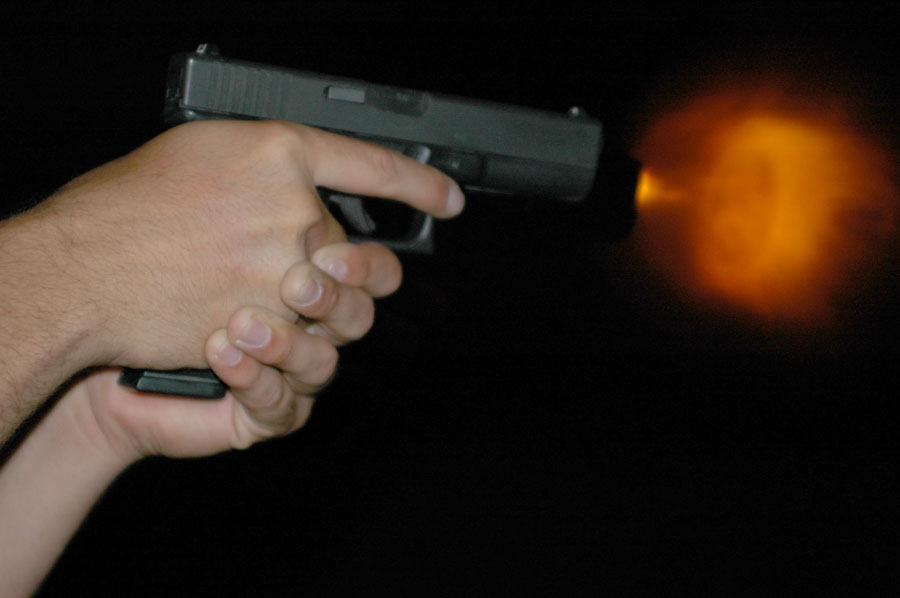
“Sometimes we get a report [that someone heard gunshots],” said Sgt. John Massi. “But a three-block radius makes it tough to find a shell casing.”
Some other officers, who didn’t to go on the record, said that experience with the different sounds is key and that they’re rarely wrong when they hear them.
“Sometimes I’m finishing up a call somewhere and I hear shots in the distance,” said one officer. “I think, ‘Oh I’m getting called for that.” Nine times out of ten I’m getting dispatched within a minute or two. Other times it’s just easy to tell is firecrackers.”
The fireworks will often have an accompanying sound, hisses, crackles, or whistles for example, the officer explained. Also, if the incident is close enough people may be heard and the difference between cheering and screaming help the officers know what to expect.
But a retired Philly cop, who used to patrol the 26th, was a little skeptical of the confident officers. Noting that while some gunshots are distinct, there are just too many calibers and gun types to be sure. He also mentioned that M-80 firecrackers don’t have the extra “firework” sounds with it.
Officers in Philadelphia have to go to the shooting range for retraining on operating their firearms. Interestingly enough, several officers agreed that just approaching the range for that training allows the officer to hear what gunshots sound like at varying distances. The Philadelphia Police Department used to only allow 9mm Glocks or .38 Revolvers as service weapons, but in 2009 began allowing Glocks in .40 and .45 calibers.
Massi added that different outside temperatures can mean sound travels farther, like in the cold dry air. But those are times when people’s windows are up and they’re inside. When the weather is warm and nice, folks are out or can hear things from outside easier.
While some of the officers in Philly seemed confident in their hearing, there have been tragic situations in other towns. Back in 2012 a Cleveland police officer thought he heard a gunshot as a car drove by him. He turned around to pursue and the driver sped away. The result was a multi-officer, city-wide pursuit, which ended up with police shooting and killing the occupants of the car. No shell casings or weapons were found. It is believed that the victim’s car, a 1979 Chevy Malibu, actually backfired.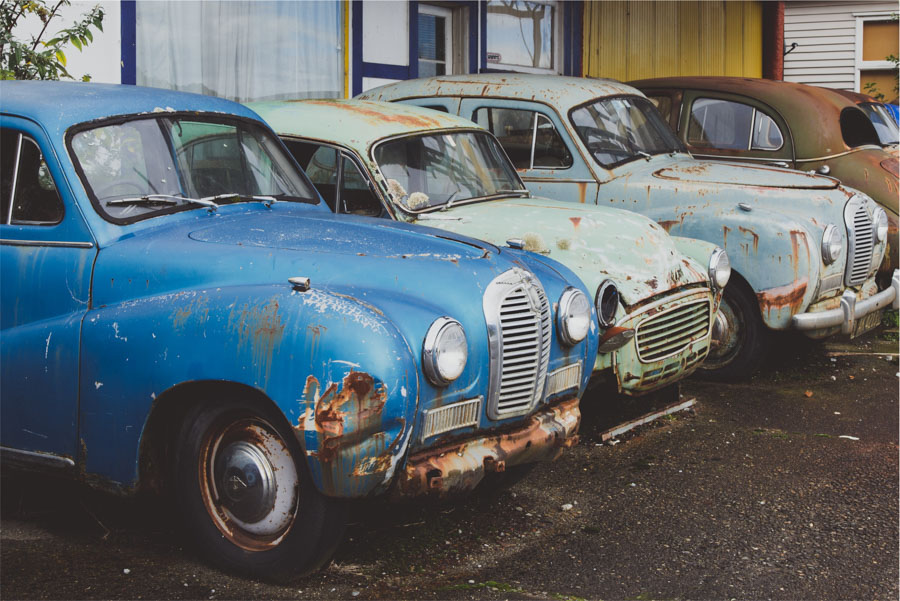
Newer cars are much less likely to backfire. According to John Cinque, owner of Johnny’s Auto Repair in Tacony, “It’s not [usual to have] a car from the late 80s [and on] backfire.” But the older ones without computers can run in poor condition, building up unburnt fuel, rather than stall out via an emissions control. Car backfiring also tends to move down the street and beyond, atypical of common shooting incidents and celebratory fireworks.
Frequency of the sound can also help.
“Typically you’re not going to hear just one shot,” said one officer. “It won’t be 15 either.” Asked to put a usual number, he hesitated but said two to five is legit. Even our skeptical retired cop agreed that gun fire comes in spurts of about that many.
Data collected by companies who develop gunshot detection technology and equipment supports the officer’s guess-timate.
ShotSpotter (SST) is one of those companies. In 2013 they detected 51,357 incidents, in which 159,696 rounds were fired total. That’s about 3.1 shots per incident.
The company also documented a serious uptick on two days of the year. Take a guess which two: Ding, ding! Congrats, you guessed it: New Years and July 4th (heads up!). In fact, in the SST coverage area, 10 percent of all of the shootings in the 3 month period of October to December 2013 occurred in the last 6 hours of Dec. 31st thanks to morons and celebratory gunfire (Congrats, pal, it’s a new year and you’re still a degenerate!).
The retired officer said policing for celebratory gunfire shouldn’t be with ears, but rather record keeping. “If you got multiple reports of shots at one intersection on New Year’s Eve,” he said. “You put two cops there the next year because most likely the same assholes live on that street.”
A spokesperson for SST added, “Celebratory gunfire… has wounded hundreds and killed dozens in recent years in the U.S. alone.”
As the technology improves, larger and larger cities are exploring gunshot detection services.
In the meantime, the cops all agree on this: When in doubt, let them check it out. Give them as much info as you have and stay safe and away from the sounds — whatever they are.


